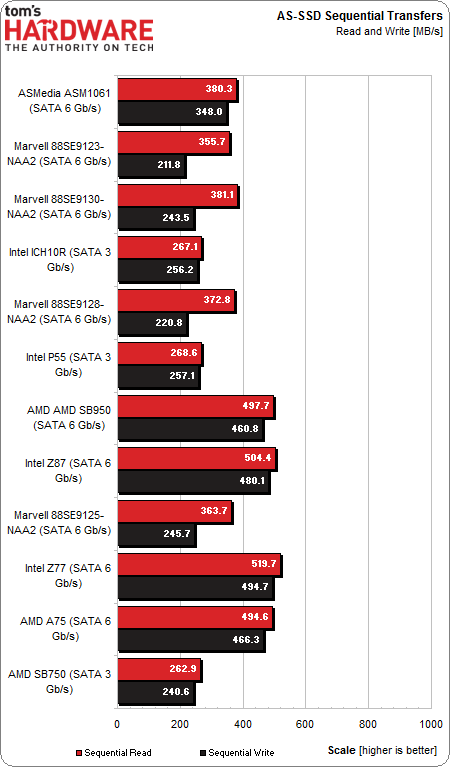

Meanwhile, a team from Oak Ridge National Laboratory (ORNL) estimated that the Summit supercomputer (a 200 PFLOPS machine) would have taken around 10,000 years to simulate Sycamore. To get the Gordon Bell trophy, a system has to simulate the 53-qubit Sycamore circuit (Google's quantum architecture introduced several years ago), and the Sunway Oceanlite did so in 304 seconds. government.īut while the Chinese supercomputer specialists were too shy or cautious about submitting their results to the renowned supercomputer performance tracker, researchers from NRCPC submitted results of the Sunway Oceanlite machine for another major supercomputing award, the Gordon Bell prize, reports NextPlatform. Neither supercomputing sites submitted performance numbers to, but some observers believe that they wanted to protect their suppliers from sanctions by the U.S.

When we reported about the two Chinese exascale systems last month, we said that both were tested using the LINPACK benchmark (which means that the results were by definition in FP64 FLOPS), just as NextPlatform described their performance. While processors can execute FLOPS with lower precision faster, the common standard for HPC performance is FP64 FLOPS achieved in LINPACK. It is necessary to point out that supercomputing specialists, such as, measure the compute performance of supercomputers in the number of double-precision (64-bit) floating-point operations per second (FLOPS), or in FP64 FLOPS, using the LINPACK benchmark.


 0 kommentar(er)
0 kommentar(er)
